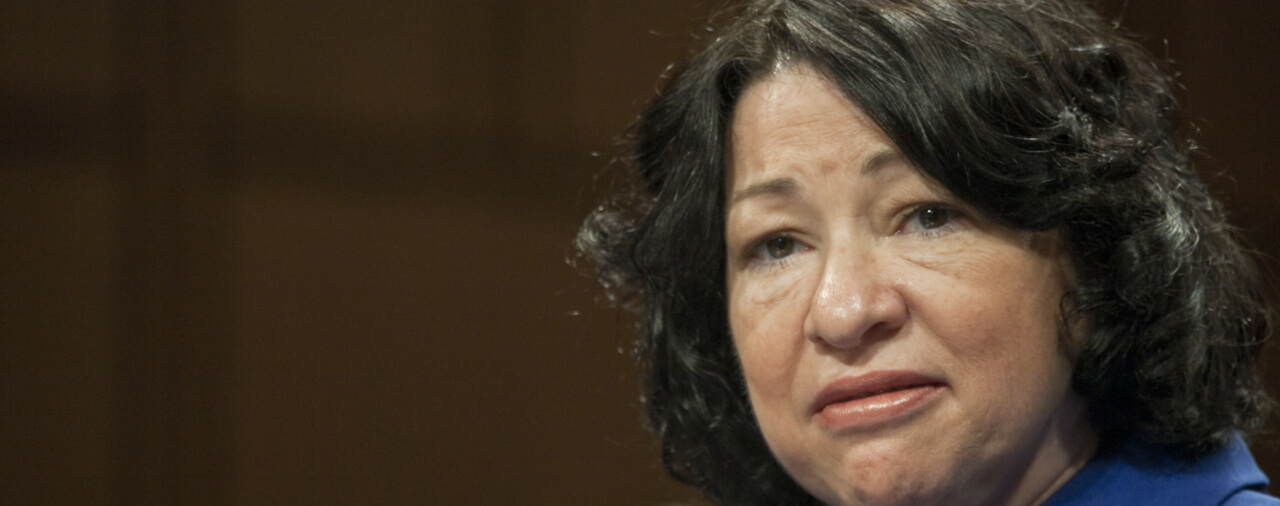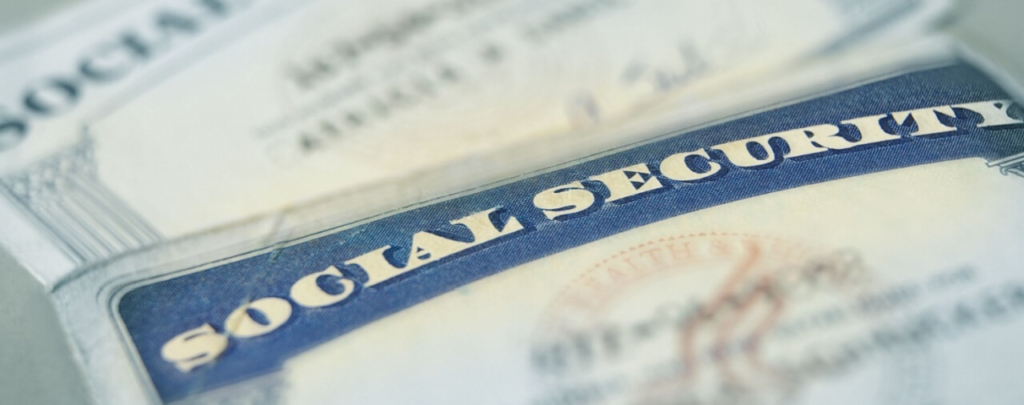Introduction
On February 21, 2020, the Supreme Court of the United States stayed a statewide injunction entered by the United States District Court for the Northern District of Illinois against the implementation of the public charge rule in Illinois by a vote of 5-4 [PDF version]. This decision came on the heels of the Supreme Court’s decision, by the same 5-4 vote, to stay a universal injunction against the implementation of the public charge rule entered by the United States District Court for the Eastern District of New York [see blog]. Taken together, the Supreme Court’s decisions allowed the Federal Government to begin implementing the new public charge rule throughout the United States while the challenges to the rule continue to proceed through the courts [see blog].
In staying the universal injunction entered by the Eastern District of New York, Justice Neil Gorsuch, joined by Justice Clarence Thomas, wrote critically about the proliferation of universal, or “nationwide”, injunctions by district courts against Federal policies in recent years. We wrote about Justice Gorsuch’s concurring opinion in a separate post [see blog]. In opposing the stay of the Illinois injunction, Justice Sotomayor wrote critically of both the Government’s myriad emergency applications to the Supreme Court to stay district court injunctions and the Supreme Court’s willingness to grant those stay requests. In this post, we will examine Justice Sotomayor’s dissent briefly. Read in conjunction with the concurring opinion of Justice Gorsuch and Justice Thomas, one can find two different perspectives on both universal injunctions and how the Supreme Court should respond.
Justice Sotomayor’s Dissent
Justice Sotomayor began by describing the instant stay application as following “a now-familiar pattern”: “The Government seeks emergency relief from [the Supreme Court], asking it to grant a stay where two lower courts have not. The Government insists-even though review in a court of appeals is imminent-that it will suffer irreparable harm if this Court does not grant a stay. And the Court yields.”
Justice Sotomayor suggested that the Supreme Court’s granting the motion to stay the Illinois injunction against the public charge rule was more concerning than its granting the motion to stay the separate universal injunction against the rule, which she had also opposed. Justice Sotomayor’s analysis focused on two points: First, that the Illinois injunction applied to only a single state, rather than all the states; and second, that the United States Court of Appeals for the Seventh Circuit, which has jurisdiction over Illinois [see article], had scheduled oral arguments for the week of February 24, 2020. From this Justice Sotomayor continued: “The Government’s professed harm, therefore, boils down to an inability to enforce its immigration goals, possibly in only the immediate term, in one of 50 states.” This, she suggested, was not a basis for seeking “extraordinary relief” from the Supreme Court, much less granting it.
Regarding the Supreme Court’s prior decision to stay the universal injunction, Justice Sotomayor noted that the Government’s application focused on the “nationwide” scope of that injunction. Furthermore, she added that the opinion concurring with the 5-Justice majority to stay that injunction — authored by Justice Gorsuch and joined by Justice Thomas — also focused on the nationwide scope of the injunction.
The Government had previously asked the Northern District of Illinois to stay its statewide injunction to no avail. It then asked the Seventh Circuit, which declined to stay enforcement of the injunction pending the Government’s appeal and instead set an expedited briefing schedule “to ensure prompt consideration of the issue.” Justice Sotomayor noted that the Seventh Circuit ultimately scheduled oral arguments for February 26, 2020, just over two months from the date it denied the Government’s motion to stay the injunction pending appeal.
Justice Sotomayor observed that the Government did not initially appeal the Seventh Circuit’s decision denying a stay. It focused its efforts on challenging the universal injunction entered by Eastern District of New York. It was only after the Supreme Court granted the Government’s emergency application for relief from the universal injunction that the Government then sought relief from the Illinois-specific injunction.
Justice Sotomayor next discussed why she thought granting the stay in the instant case was erroneous — separate from her view that granting the stay of the universal injunction was also an error. She explained, with reference to prior in-chambers opinions of Justices on stay applications, that the party seeking a stay must show a likelihood of irreparable harm if the stay is not granted. She stated that the Government had not sustained its burden of showing that it would suffer irreparable harm if it was not allowed to enforce the public charge rule in only one of 50 states, especially in light of the fact that the Seventh Circuit was considering the issue expeditiously. She summarized her position: “In sum, the Government’s only claimed hardship is that it must enforce an existing interpretation of an immigration rule in one State-just as it has done for the past 20 years-while an updated version of the rule takes effect in the remaining 49.” She added that the fact the Government had not asked the Supreme Court to intervene in the Illinois litigation until the Court had granted its application for a stay of the separate universal injunction entered in the New York case undermined its claim that it would have suffered irreparable harm of the Illinois-specific injunction was not lifted.
Justice Sotomayor stated that the Government’s conduct showed that it had come to view the “exceptional mechanism of stay relief as a new normal.” (Internal citations omitted.) She continued: “Claiming one emergency after another, the Government has recently sought stays in an unprecedented number of cases, demanding immediate attention and consuming limited Court resources in each.” She opined that “its cries of urgency ring increasingly hollow,” and she suggested that the Government had disclaimed its rationale that it suffered harm stemming from the nationwide scope of the New York injunction by subsequently seeking an emergency stay of a state-specific injunction.
Justice Sotomayor also faulted the Supreme Court itself for “the breakdown in the appellate process.” She stated that the Court had been consistently too quick to grant what she described as the Government’s “reflexive requests” for stays. She added that “the Court’s recent behavior on stay applications has benefitted one litigant over all others,” implicitly referencing the Government. She faulted the Court for rejecting stay applications in death penalty cases for wont of a meritorious claim and a lack of time to consider the claims while suggesting that those same concerns dissipated only when prompted by the Government’s applications. She added that “this disparity in treatment erodes the fair and balanced decisionmaking process that this Court must strive to protect.”
In addition to suggesting that the Court was improperly giving favorable treatment to the Government in stay applications over all other applicants, Justice Sotomayor listed specific negative consequences that she viewed as arising from the proliferation of emergency stay applications by the Government and the Court’s willingness to grant them.
The stay applications force the Court to consider important statutory and constitutional questions, on an abbreviated timetable, that had not been considered fully by district courts.
Granting stays then puts a thumb on the scale of the normal appellate process by favoring the party that won the stay.
Stay applications demand extensive time and resources when the Supreme Court’s intervention may not actually be necessary.
For these reasons, Justice Sotomayor would have denied the Government’s stay application.
Conclusion
Justice Sotomayor’s dissent has garnered attention in several media outlets for its implication that the Court is too readily favoring the Government in stay applications over all other litigants — with the further implication that it is specifically favoring the positions of the current Government — the Administration of President Donald Trump.
Separate from those portions of the opinion, however, Justice Sotomayor’s position offers a contrary perspective to that offered by Justice Gorsuch in his concurring opinion to the Court’s staying the separate universal injunction. While much of Justice Sotomayor’s dissent focused on criticizing the Government for, in her view, disavowing its own reasoning for seeking a stay of the universal injunction in subsequently seeking a stay of the statewide injunction, her broader points that stays should only be granted in exceptional cases when the applicant shows it would truly incur irreparable harm absent a stay apply broadly to all stay requests. This is evinced by the fact that Justice Sotomayor also dissented from the Court’s granting a stay of the universal injunction in the New York case and suggested that the positions of the challengers to the public charge rule had merit.
Had the Supreme Court not lifted the Illinois injunction, the USCIS would have applied a separate public charge rule, with separate application forms, for petitions and applications from Illinois on or after February 24, 2020. Since the injunction was stayed, however, the Government is now implementing the public charge rule nationwide, including in Illinois, as of February 24, 2020.





